Analyze Partner Transactions
Learning Objectives
After completing this module, you’ll be able to:
- Create a transaction journal to test the definition.
- Explain what joint promotions are.
Review Definition Results
In this scenario, Mary processes the transactions using the Run Program Process for Transaction Journal loyalty flow action. This flow is already created for you in your Developer Edition org. Transaction journals and flows are standard concepts in loyalty management. Remember, a transaction journal is just a log or record of all the transactions.
Mary navigates to the flow to activate it. Here’s what she does.
- Click
 , and select Setup.
, and select Setup.
- Enter
Flowsin the Quick Find box, and select Flows.
- Find and select the Run Loyalty Program Process flow.
- Click Activate.

The flow is active and processes transaction journals based on the loyalty program process.
Mary wants to test the definition to validate the creation of partner ledgers. She generates a transaction journal for Adria Darby’s transaction. Remember how Adria Darby bought a Portable Wireless Solar Speaker for $100? Here’s how Mary creates a transaction journal for this purchase.
- In the Loyalty Programs tab, select the Cloud Kicks Inner Circle loyalty program.
- In the Cloud Kicks Inner Circle program record, click the Members And Partners tab.
- Under Loyalty Program Members, select CL001.
- On the Transaction Journals card, click New. The New Transaction Journal window opens.
- Add the following details.
- Journal Type: Accrual
- Journal Subtype: Partner Accrual
- Partner: Ursa Major Solar
- Activity Date: Current date
- Journal Date: Current date
- Status: Pending
- Loyalty Program: Cloud Kicks Inner Circle
- Product: Portable Wireless Solar Speaker
- Transaction Amount:
100
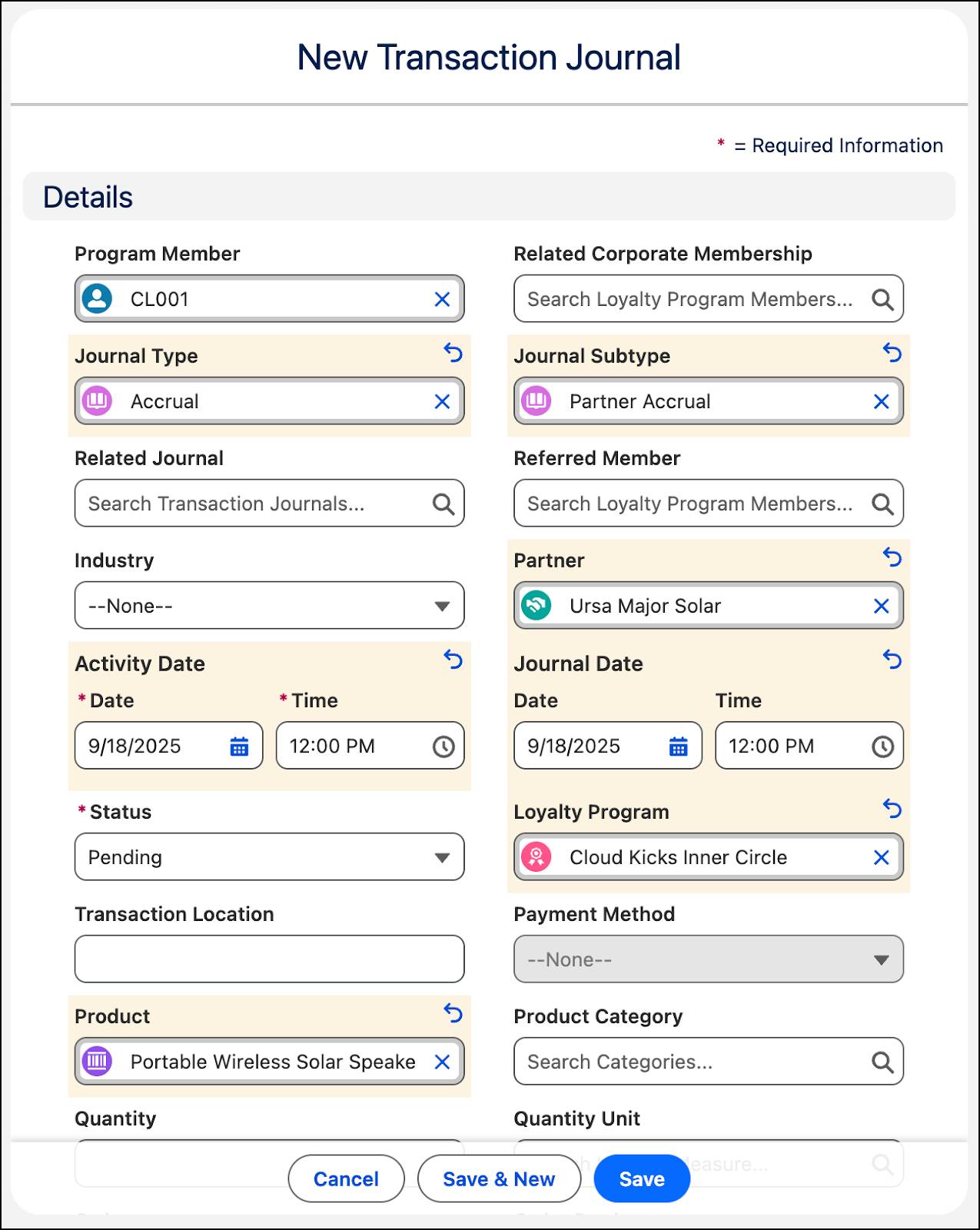
5. Click Save.
The new transaction journal is created.
As soon as the transaction journal is created, the Credit Points for Partner Purchases program process runs. Remember when you learned about accrual rules? Mary should see non-qualifying points twice that of the transaction amount and qualifying points equal to the transaction amount, right? Indeed, she’s happy to see two ledger entries for 200 non-qualifying points or Regular Points and 100 qualifying or Tier Points. It’s great to see partner management running smoothly.
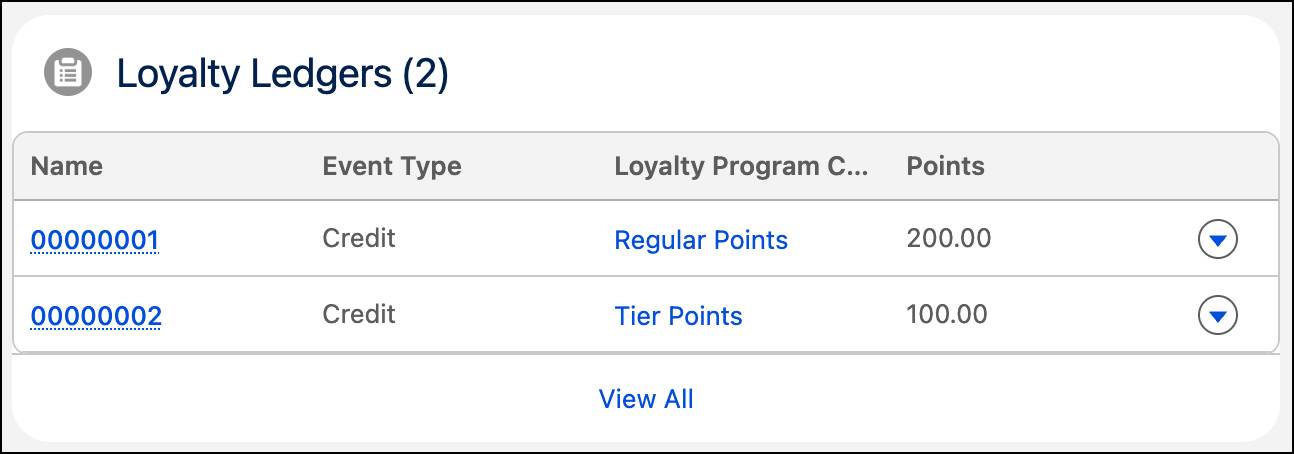
Let’s now look at the partner ledgers resulting from this transaction.
Run DPE to View Partner Ledgers
Typically, the DPE job runs based on the schedule defined in the flow. When the job runs, it creates a partner ledger for each partner transaction. In this module, Mary runs the job directly from the definition to ensure that the partner ledgers are created and the balance is updated. Here’s how she runs the DPE job.
- Click
 , and select Setup.
, and select Setup.
- Enter
Data Processing Enginein the Quick Find box, and select Data Processing Engine.
- Find and select the Inner Circle Create Partner Ledgers and Update Partner Balances job.
- Click Run Definition.
- Click Next twice.
- Add the following values.
- Loyalty Program Name:
Cloud Kicks Inner Circle - Run Date and Time: Current date and time
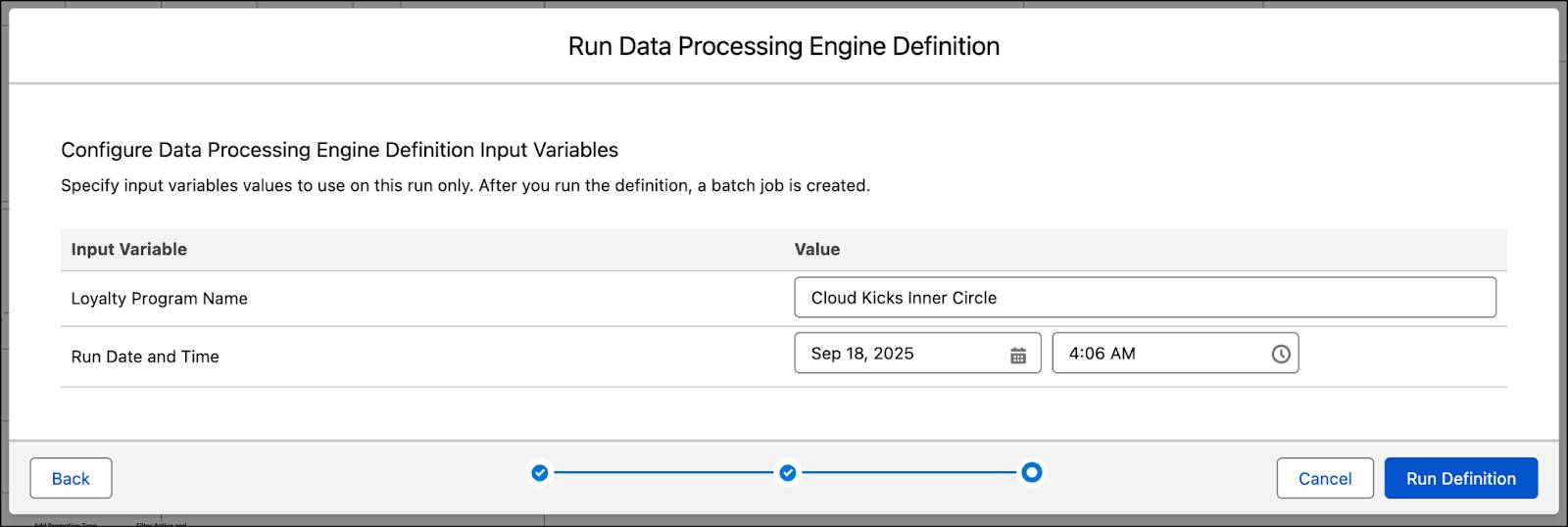
- Click Run Definition.
The definition looks for and filters processed transaction journals. The run takes a few minutes to complete. Mary views the status of the definition run in Monitor Workflow Services.
Once the run completes, Mary navigates to the Ursa Major Solar record page where she sees two ledger records related to Adria’s transaction.
- For the 200 Regular Points that Adria receives, Ursa Major Solar is debited 400 points. This is due to the accrual conversion factor of 2 for Regular Points (2*200 points).
- For the 100 Tier Points that Adria receives, Ursa Major Solar is debited 50 points. This is due to the accrual conversion factor of 0.5 for Tier Points (0.5*100 points).
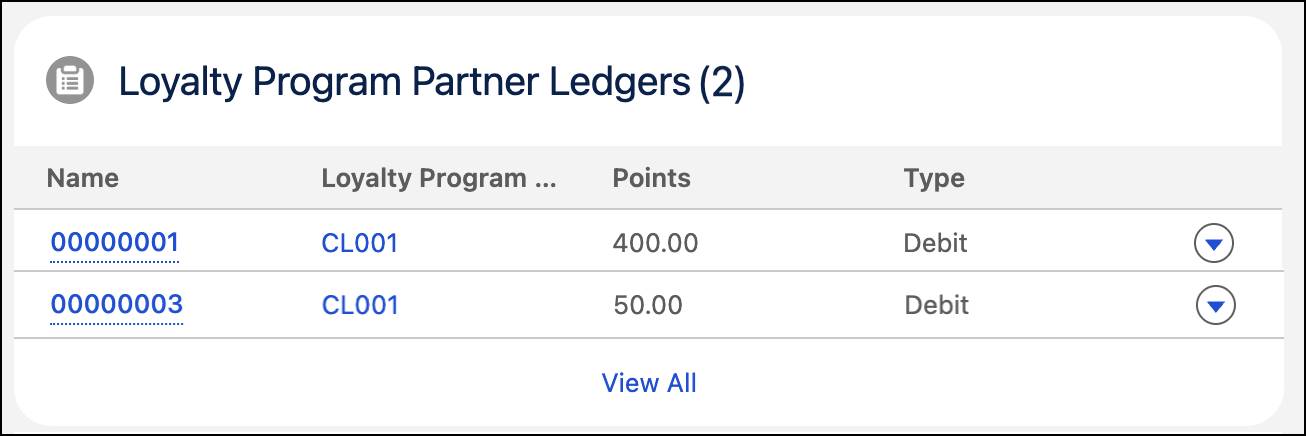
Mary can also review the billing details at any time from the Partner Details section.
- Debited Points indicate the total number of points debited for member accruals, redemption cancellations, or custom processes. Debited points determine the partner's liability towards the loyalty program.
- Credited Points indicate the total number of points credited for member redemptions, accrual cancellations, or custom processes. Credited points determine the amount that the loyalty program is liable to pay the partner.
For prepaid billing, the Last Processed Date Time field shows the date and time when the partner’s points balance was last calculated. For postpaid billing, it indicates the date and time when the partner’s outstanding bill amount was last calculated.
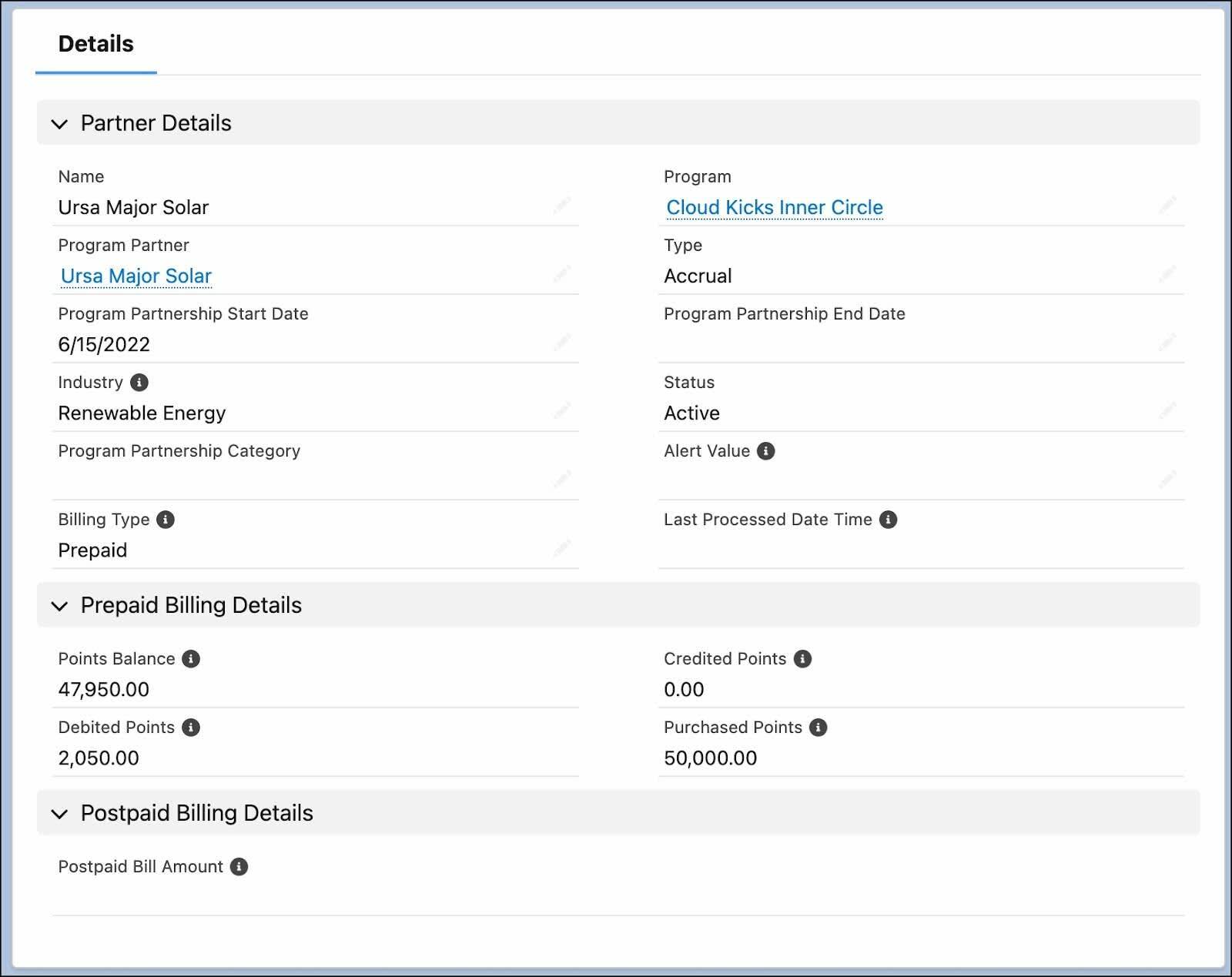
Now you’ve seen a scenario where a member buys a partner product. Partners can also offer products in collaboration with other partners associated with the program. Let’s understand how.
Improve Collaboration with Joint Promotions
Loyalty is dynamic. You have to constantly analyze customer engagement behavior and curate rewarding experiences. One such experience is a promotion. Promotions target specific groups, are for a specific time, or are tied to seasonal products. They can be in the form of discounts, vouchers, extra points, experiences, and more.
Mary decides to create a promotion for the new partner products. To offer members the best experience, she creates a joint promotion. This not only promotes collaboration between partners but also offsets liability because partners can commit to a percentage of the promotion they’re willing to fund. This helps capture the liability at the promotion level.
You can create a joint promotion between the host, which is Cloud Kicks, and a partner. Alternatively, you can create a promotion between external partners who are part of the program.
Mary creates a joint promotion between Cloud Kicks and Ursa Major Solar called “Buy Super Kicks and get 25% off on Ursa Major Solar products”. In this case, the partners share the liability at 50%. When creating the promotion, she selects the Loyalty Promotion Type as Joint.
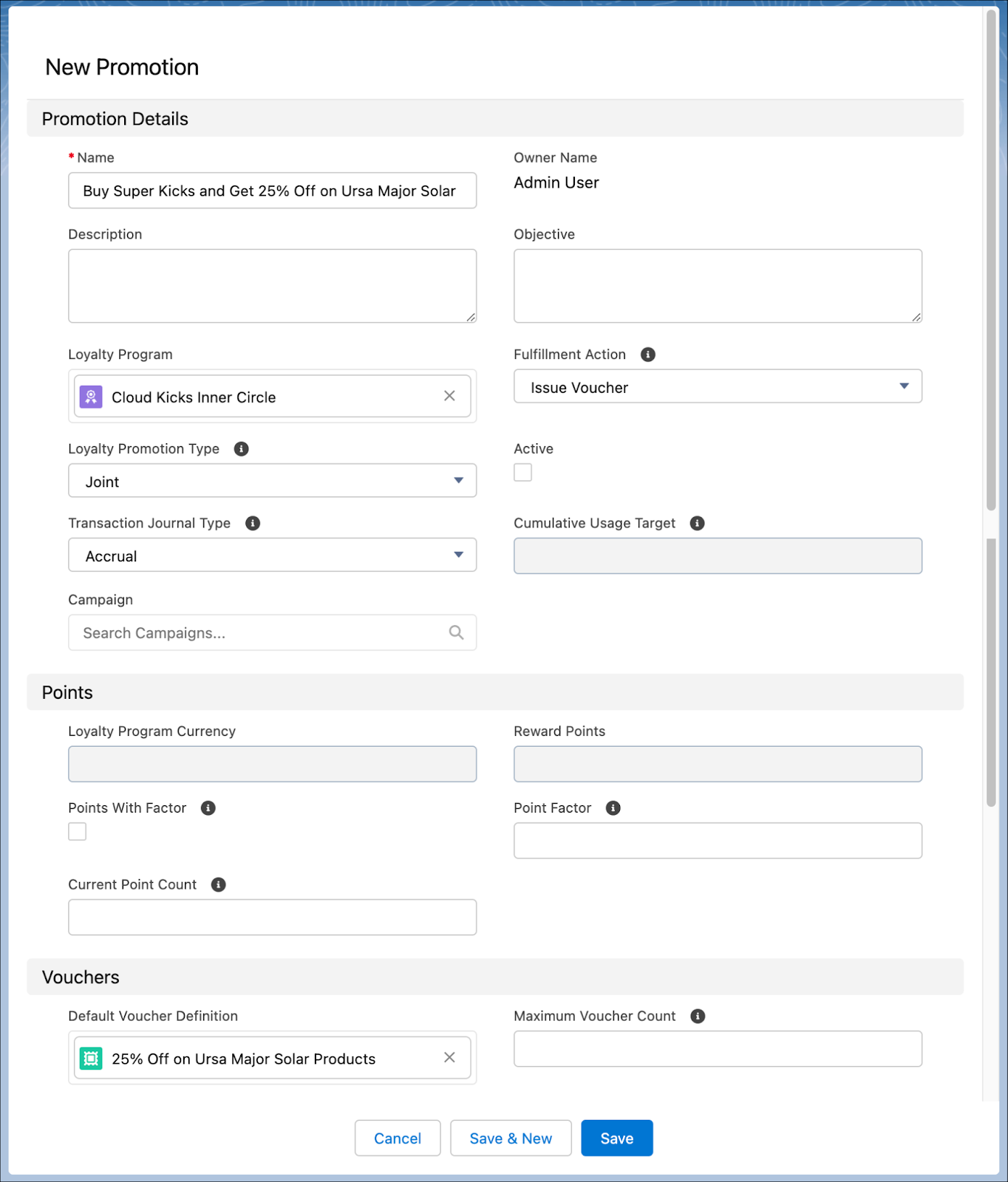
To activate joint promotions, the total contribution percentage of all the partners in the promotion must be equal to 100. Mary defines the contribution percentage in the Related tab of the promotion.

Mary activates the promotion. When a member makes a transaction related to the promotion, each partner receives an equal split of the liability of points - fair and square.
Conclusion
Mary’s excited to see an improvement in engagement since she onboarded partners to the loyalty program. She can now manage loyalty program partners and track liability more effectively. She can also create joint promotions to better engage members and capture liability at the promotion level for each partner. Nice work, Mary. Time to enjoy the weekend.
Resources
- Salesforce Help: Partner Ledgers
- Salesforce Help: Flow
- Salesforce Help: Create Joint Promotion Partner Records
